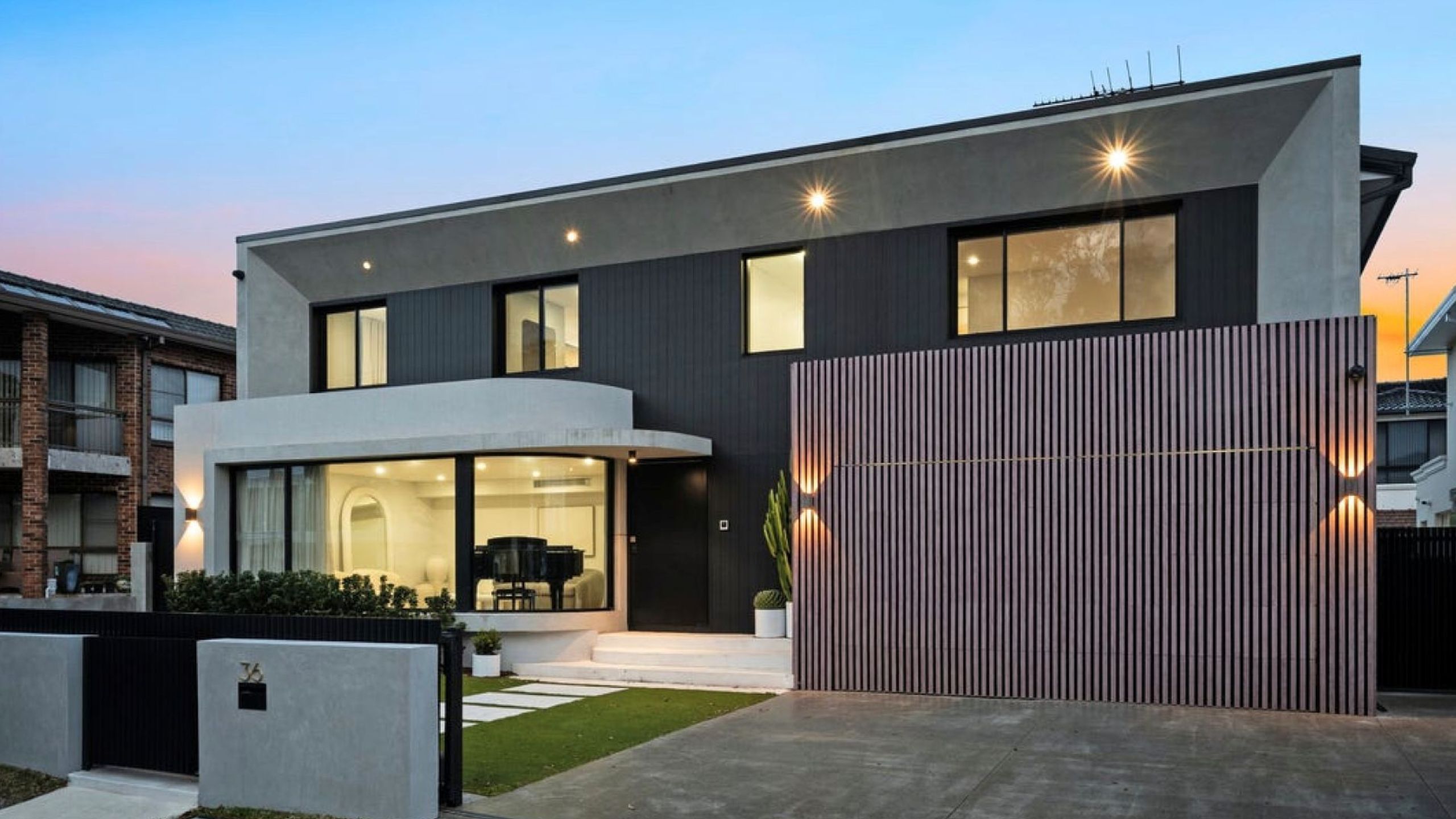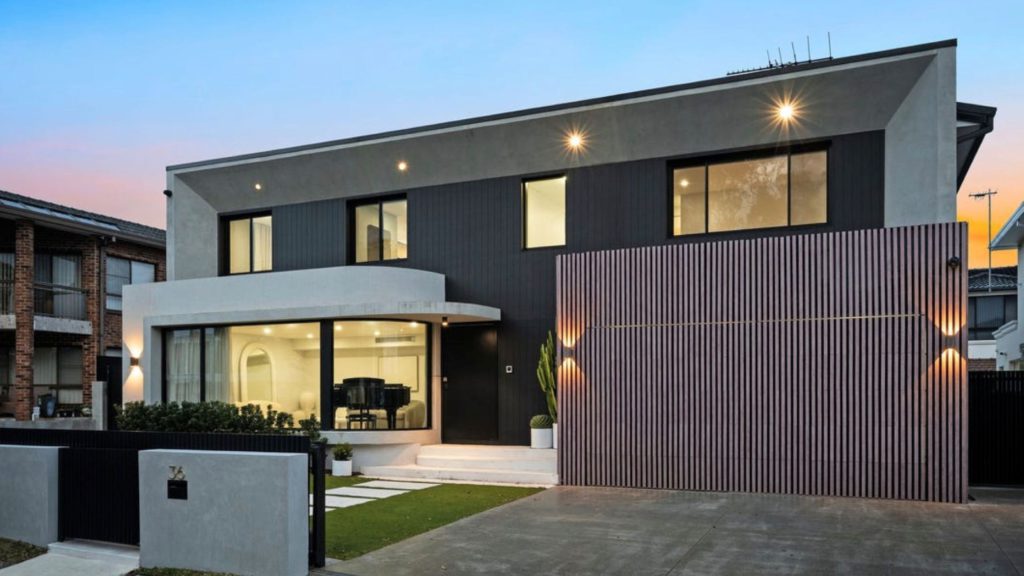If you are contemplating ways to enhance your living space without sacrificing your beloved outdoor area, an increasing number of families in Sydney are finding that opting for a first floor or second storey addition is the most sensible choice. This method not only provides you with the extra space you require while allowing you to remain in your cherished neighbourhood, but it also presents an exceptional opportunity to completely reimagine the design and functionality of your home. A second storey can significantly improve your lifestyle by offering additional room for family activities, creating a cosy retreat, or even accommodating visiting guests.

Homeowners are utilising second storey additions in a variety of innovative ways! These can encompass relocating bedrooms and bathrooms to the upper level to free up space on the ground floor, designing more interconnected and open living areas, as well as enhancing kitchens and bathrooms within a cohesive design framework. By building upwards, you not only preserve valuable outdoor space, but you also gain breathtaking elevated views, which can greatly increase the long-term value of your property.
The ultimate outcome is a home that feels entirely rejuvenated, alongside a property that is well-prepared to meet future needs and challenges. This transformation can significantly enhance both your family's comfort and the market appeal of your property.
However, before diving into the design of your new upstairs bedrooms or relishing those stunning views, there is a critical consideration to evaluate:
Will your existing foundation actually support the extra weight of a second storey?
Assess the Strength of Your Foundation for a Second Storey Addition
While many homes are structurally capable of supporting a second storey addition, each property presents unique challenges. Factors such as the age of your home, the type of foundation or subfloor, soil conditions, and any prior renovations play a significant role in determining whether your existing foundation can safely accommodate the extra load. It is essential to take these elements into account to ensure that your home is capable of supporting the renovations.
This is why the first step in your renovation journey should be to focus on understanding your home’s structural integrity, rather than hastily moving into design decisions. A thorough evaluation will lay the groundwork for successful renovations.
What Steps Do Builders Take to Evaluate Your Foundation?
When you engage a specialised builder for your project, the assessment typically includes several key steps to ensure safety and adherence to regulations:
- Condition checks to evaluate the integrity of your existing slab or subfloor, ensuring they can bear the additional weight.
- Structural engineering evaluations to design new steel beams, tie-ins, and bracing that will provide support for the new addition.
- Service integration planning to ensure that plumbing, drainage, and electrical systems operate smoothly across both levels.
- Waterproofing and insulation strategies to enhance long-term performance and durability, thereby protecting your investment for years to come.
This stage sets the foundation for the entire construction process. The focus shifts from simply asking, “can we add a second storey?” to a more intricate consideration: “how can we execute this safely, effectively, and with foresight?”
Why is Thorough Planning Essential for Your Second Storey Addition?
Adding a floor to your home is not merely a cosmetic enhancement; it represents a significant structural change. Inadequate planning can lead to a range of issues, including cracks, leaks, or potentially severe structural failures. Conversely, when executed correctly, a second storey can seamlessly integrate with your home, elevating its overall aesthetic appeal and functionality.
Specialist builders focus on multiple aspects beyond just structural integrity:
- They design for visual coherence, ensuring the new extension appears as if it were part of the original structure from the beginning.
- They facilitate smooth transitions between the existing and new sections of the house, enhancing flow and usability.
- They consider long-term durability, prioritising not only the immediate build but also future maintenance and performance to safeguard your investment.
What Should You Know About Approvals: DA or CDC?
In the Sydney region, all second storey additions require the necessary approvals. Depending on your block's specifications and design parameters, you might qualify for a more expedited process with a Complying Development Certificate (CDC), or you may need to submit a full Development Application (DA). Understanding these processes is crucial for timely project completion.
An experienced builder will assist you in navigating this complex procedure, which includes:
- Conducting zoning checks and comprehensive site analyses to ensure compliance with local regulations.
- Providing pre-lodgement advice to streamline the approval process efficiently.
- Preparing all necessary drawings, reports, and compliance documents that meet regulatory mandates.
- Coordinating with certifiers and consultants to align on all project requirements effectively.
This is where having extensive experience with various councils becomes invaluable, ensuring that you navigate the requirements seamlessly.

What If You Already Have Plans for Your Second Storey?
If you have previously collaborated with an architect or designer on your project, there is no need to commence from scratch. A builder with expertise in second-storey constructions can thoroughly assess your existing plans, confirm their structural viability, and work alongside your consultants to bring your design vision to life. This approach can save you both time and resources while ensuring that your ideas can be effectively realised.
So, Can Your Foundation Support a Second Storey Addition?
The answer to this question is often nuanced. For some homes, the response is a straightforward yes, while for others, additional engineering or reinforcement may be necessary. Regardless of the circumstances, with proper planning and the right expertise, many homes in Sydney can successfully accommodate a second storey addition. Ensuring that your foundation is evaluated early in the process is critical to avoid the disappointment of falling in love with plans that your foundation cannot support.
Key Benefits of Adding a Second Storey
A second storey addition is one of the most intelligent strategies to gain additional living space, enhance your property's value, and future-proof your home. However, the entire process must begin with a thorough examination of the existing foundation. With the right diligence, structural engineering, and a design-focused approach, your home can confidently expand upwards, creating a space that meets your family’s evolving needs.
If you are considering a second storey addition in Sydney, reach out to Phase Projects. We will evaluate your foundations, guide you through the approvals process, and ensure a result that feels like an integral part of your home, enhancing both functionality and aesthetic appeal.
Contact Us for Professional Guidance on Your Second Storey Addition
7 Common Questions Regarding Second Storey Additions in Sydney
1. Can my existing foundation support a second storey?
In many cases, yes, but this depends on several factors including the age of the home, soil conditions, and the structural integrity of the slab or subfloor. A structural engineer will conduct a comprehensive assessment before design work can commence to ensure safety.
2. Is council approval required to add a second storey?
Yes, obtaining approval is necessary. Most projects will require either a Development Application (DA) or may qualify for a Complying Development Certificate (CDC). Your builder will assist you in navigating the appropriate path for your specific project, ensuring compliance with local regulations.
3. What is the typical cost to build a second storey in Sydney?
Costs can vary significantly based on design specifications, finishes, and structural requirements. A thorough site inspection and an engineering report will be essential to provide a detailed and accurate proposal tailored to your project.
4. How long does a second storey addition generally take?
Typically, most projects take around 8 to 12 months to complete, influenced by factors such as required approvals, project complexity, and prevailing weather conditions. Effective planning can help streamline the process.
5. Will the new level integrate seamlessly with my existing home?
Yes, careful and thoughtful design will ensure that the new addition integrates beautifully with the existing structure. A specialist builder will guarantee that it feels original and cohesive, thereby enhancing the overall aesthetic appeal.
6. What upgrades are commonly undertaken with second storey builds?
Many homeowners take this opportunity to reconfigure the ground floor layout, upgrade kitchens and bathrooms, and enhance the overall flow and finishes of the home, resulting in a more harmonious living space.
7. Is building upwards a better option than extending outwards?
For many properties in Sydney, constructing upwards is indeed the more advantageous choice. This approach preserves valuable outdoor space, maximises land value, and often results in better views, making it a highly desirable option.
The Article: Will My Foundation Support a Second Storey Addition? first appeared on https://writebuff.com
The Article Foundation Support for a Second Storey Addition: Key Considerations Was Found On https://limitsofstrategy.com


